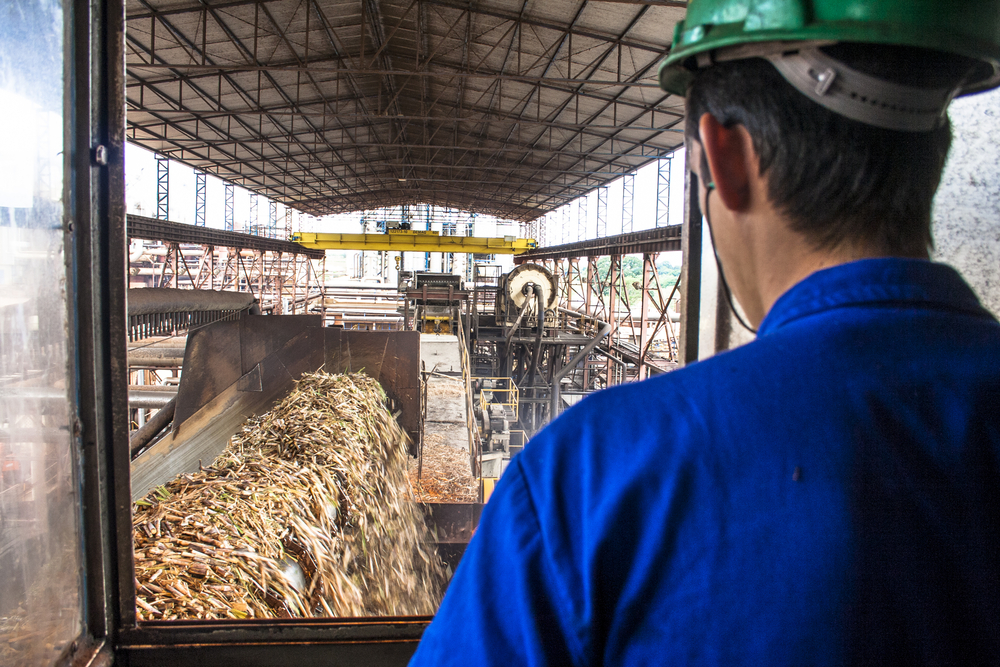Ethanol made from corn has provoked some of the most contentious debates over U.S. agricultural and energy policy. Since the 2005 Energy Policy Act and the 2007 Energy Independence and Security Act required refineries to blend an ever-increasing amount of ethanol—currently 15 billion gallons—into the U.S. gasoline supply, farmers, agribusiness, and Corn Belt politicians have fiercely defended corn ethanol.
Yet it has been attacked by environmentalists—who emphasize the ecological harm of intense biofuel mono-crop farming and corn ethanol’s limited reduction of greenhouse gases—and libertarians and limited-government advocates who argue ethanol mandates are little more than a subsidy to agribusiness corporations. Others blame the Iowa primary’s role in presidential campaigns, ignoring the fact that Corn Belt senators have historically driven corn ethanol subsidies rather than presidential administrations.
Both critics and supporters have looked to cellulosic ethanol made from biomass other than corn as a technological fix to corn ethanol’s problems. A better approach would be to accept that corn ethanol is here to stay but emphasize sustainability and decarbonize the corn ethanol production cycle. Brazil, the world’s second-largest ethanol producer—and specifically its biggest producing state of São Paulo—serves as a model for the U.S. to follow.
The U.S. lagging behind
Cellulosic ethanol— sometimes called advanced or second-generation ethanol—has been portrayed as a way to use biofuels without the problems of corn ethanol. This is what President George W. Bush referred to in his 2006 State of the Union address when he touted funding for “cutting-edge methods of producing ethanol, not just from corn, but from wood chips and stalks, or switchgrass.”
The 2007 Energy Independence and Security Act established the Renewable Fuel Standard, which was designed to shift the biofuels blended into the fuel supply from corn ethanol to cellulosic or other advanced biofuels. Yet today, a decade and a half after Congress mandated biofuel blends, cellulosic biofuels have been a failure.
According to the original legislation, the U.S. was supposed to blend 7 billion gallons of cellulosic ethanol in 2018. In reality, the country produced only 8 million gallons. Last month, biofuel company POET announced it was ending cellulosic ethanol production at its plant in Emmetsburg, Iowa. The Environmental Protection Agency (EPA) has had to waive the legislative targets for advanced biofuels every year since 2010, a fact largely ignored by ethanol groups that cry foul at other EPA waivers handed out to refineries to exempt them from blending requirements.
The entire saga of cellulosic ethanol reflects what energy historian David Nye has described as “a fundamental structure of thinking in the high-energy society: an admission of weakness and vulnerability...


 Search
Search






































